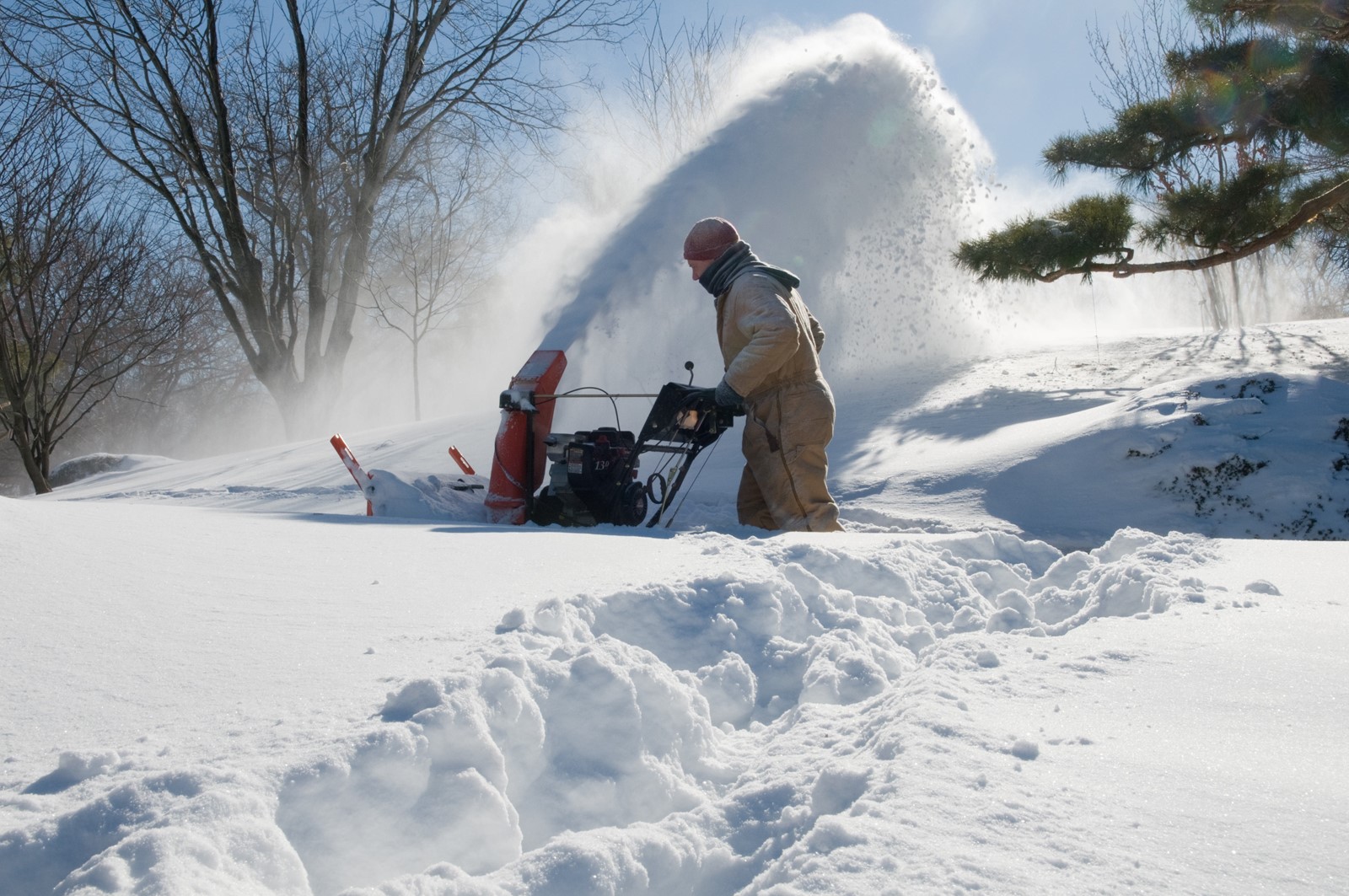What you need to know when picking snowblower

I was thinking about buying a snowblower and would like some advice on how to choose the correct one for my driveway and walks.
Since you did not specify the size and materials of your hardscape areas requiring snow removal, I will provide some general guidelines. A single-stage gas snowblower is a good choice for many homeowners who have mostly level, midsize, paved driveways and walks in the event of typical snowstorms up to 10 inches. A single-stage gas blower throws the snow once.
A gas-powered engine spins an auger that scoops up the snow and throws it out a discharge chute. These machines are fairly light and easy to handle and take up about as much storage space as a push mower does. They will even clear a swath of around 18 to 22 inches depending on the brand and model chosen — there are some smaller sizes available too. Some models offer electric starting, which I did not find necessary, as the one I purchased is always easy to start with one to two pulls.
A single-stage snowblower does not work well on gravel since the auger will pick up gravel and throw it out the chute. The auger provides only modest pulling power, so I need to gently push my blower at times in deep or heavy snow, but this does not require a lot of strength. Single-stage snowblowers tend to veer sideways to some extent, especially on steep slopes, so you need to gently guide them to keep them going straight. My single-stage snowblower works well on a large brick driveway that is built with old Chicago brick, so it does not have an even surface. I also can maneuver it up steps and onto a wood deck. My model uses mixed gas, and the exhaust is toward the rear, so I always wear old clothes because they end up smelling like exhaust. It is a good idea to use ear protection. One year, after a big snowstorm, I was able to clear my driveway of about 18 to 24 inches of snow, though it was slow-going and required a good amount of pushing.
A two-stage blower scoops up the snow with a metal auger and has a high-speed impeller that throws it out through the discharge chute. The auger does not touch the ground, so it can be used on gravel. You may need to raise the height of the housing, though, to avoid picking up gravel that will then be thrown on your lawn and garden beds. These blowers handle deep snow and large areas better than a single-stage blower and are self-propelled — you do not have to push the machine as much as with a single-stage blower. You can also purchase larger two-stage blowers for properties with lots of snow and drifts to remove. The disadvantages: These blowers are heavy and require a larger storage space. Chicago Botanic Garden staff primarily use two-stage snowblowers for snow removal because of drifting snow and the very large areas to clear. Most of these machines would not work well on a wood deck; the blower's metal housing may scratch the wood.
For those who need the most powerful and efficient device, try a three-stage gas blower. These machines have two metal augers that scoop up the snow and ice and move them toward the center of the unit, where an accelerator chops and pushes the snow through the impeller and throws it out the discharge chute. This machine likely has far more capacity than you need. You can purchase electric snowblowers, but keep in mind their modest power and extension-cord limitations.


 PREVIOUS ARTICLE
PREVIOUS ARTICLE
